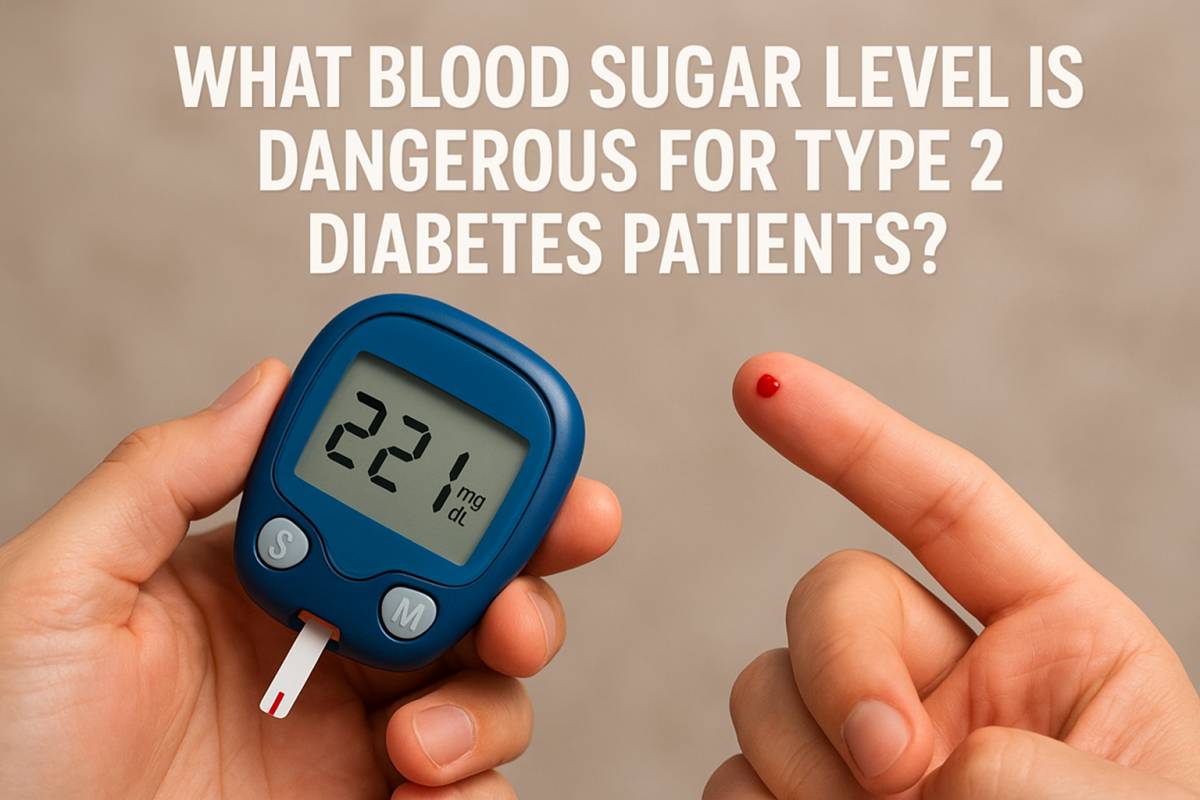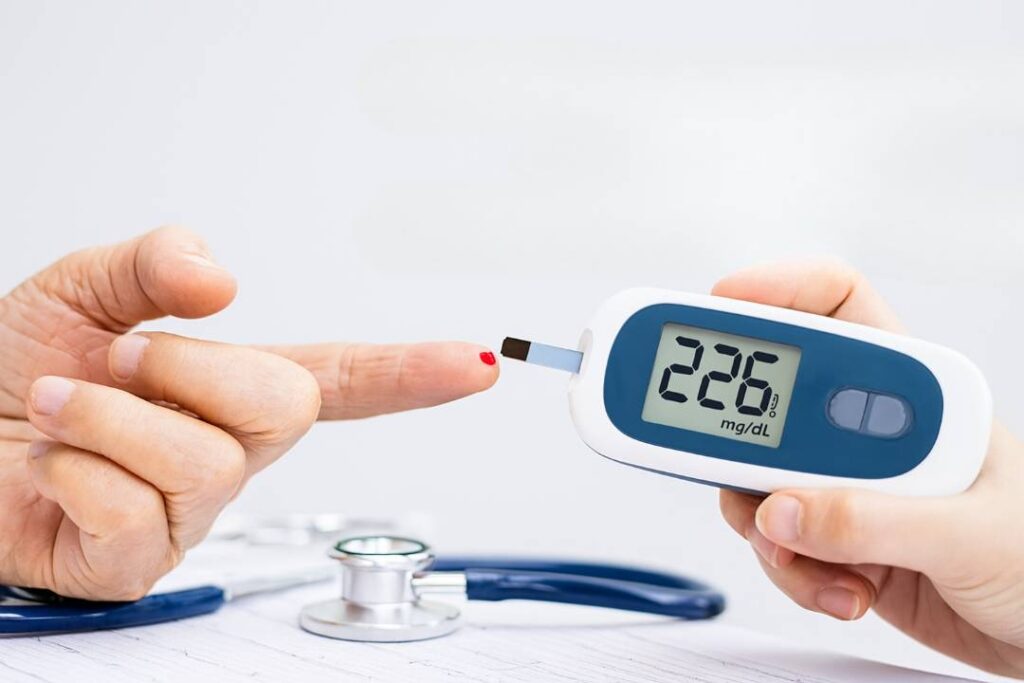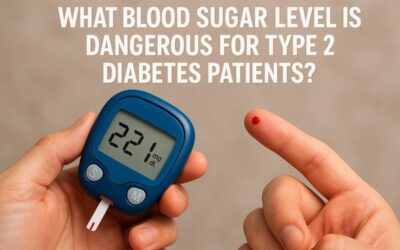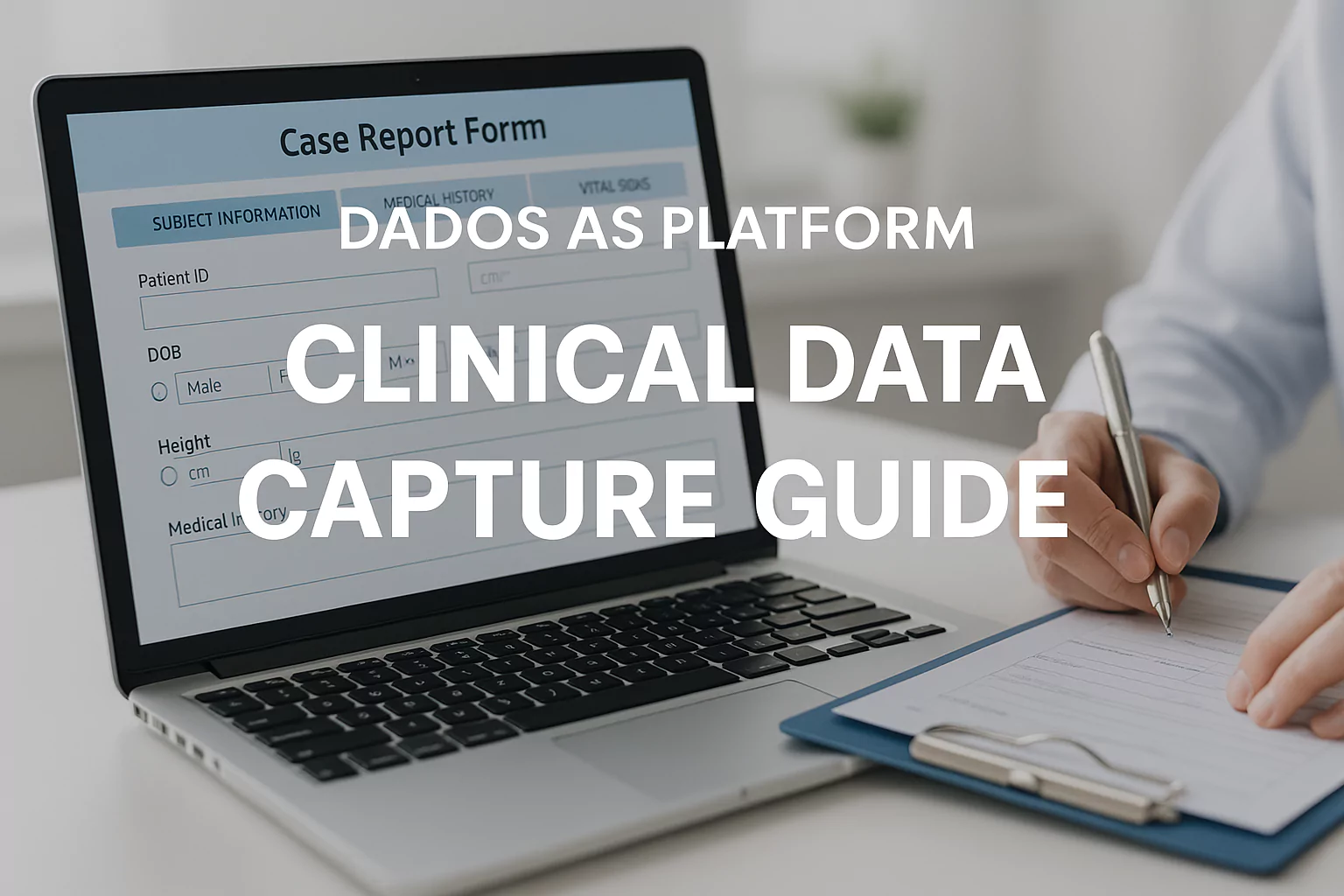What Blood Sugar Level Is Dangerous for Type 2 Diabetes Patients?

The dangerous blood sugar level for Type 2 diabetes patients is generally when blood glucose rises above 250 mg/dL (13.9 mmol/L) or drops below 70 mg/dL (3.9 mmol/L). Both extremes can be harmful—high sugar levels (hyperglycemia) can damage organs over time, while low sugar levels (hypoglycemia) can cause confusion, fainting, or even coma in severe cases. Understanding these numbers and keeping them in a healthy range is crucial for safe and effective diabetes management.
Understanding Blood Sugar Levels
Blood sugar, or blood glucose, is the main source of energy for your body. It comes from the food you eat, and insulin – a hormone produced by the pancreas—helps regulate how your body uses or stores that sugar.
In Type 2 diabetes, the body either doesn’t produce enough insulin or becomes resistant to it. This causes glucose to build up in the blood instead of entering the cells for energy, leading to high blood sugar levels over time.
Monitoring blood sugar is essential because prolonged high or low readings can cause serious complications, both short-term and long-term.
Normal Blood Sugar Levels (for Non-Diabetic Adults)
To understand what’s “dangerous,” it helps to know what’s “normal.” Here’s a general range of healthy blood sugar levels:
| Test Type | Normal Range (mg/dL) |
|---|---|
| Fasting (before eating) | 70–99 |
| 2 hours after eating | Less than 140 |
| HbA1c (3-month average) | Below 5.7% |
Safe Blood Sugar Targets for Type 2 Diabetes Patients
Doctors usually recommend slightly higher target ranges for those with Type 2 diabetes to avoid hypoglycemia:
| Condition | Target Range (mg/dL) |
|---|---|
| Fasting (before meals) | 80–130 |
| 2 hours after meals | Less than 180 |
| Bedtime | 100–140 |
| HbA1c | Below 7% (as advised by doctor) |
However, these targets can vary based on age, medication, activity level, and overall health—so always follow your healthcare provider’s personalized advice.
When Is Blood Sugar Too High? (Hyperglycemia)

High blood sugar, or hyperglycemia, usually means glucose levels are above 180 mg/dL after eating. Persistent readings above 250 mg/dL are considered dangerous and may require immediate medical attention.
Common Causes:
- Skipping or missing diabetes medication
- Eating too many carbohydrates
- Stress, illness, or infections
- Lack of physical activity
Symptoms of High Blood Sugar:
- Increased thirst and frequent urination
- Fatigue or weakness
- Blurred vision
- Headache
- Slow-healing wounds
If left untreated, hyperglycemia can lead to diabetic ketoacidosis (DKA) – a serious condition where the body starts breaking down fat for energy, producing toxic acids (ketones) in the process.
When Is Blood Sugar Too Low? (Hypoglycemia)
Low blood sugar, or hypoglycemia, happens when your glucose level falls below 70 mg/dL. It’s especially dangerous because it can develop quickly and become life-threatening if ignored.
Common Causes:
- Skipping meals
- Taking too much insulin or medication
- Excessive alcohol consumption
- Intense physical activity without enough food
Symptoms of Low Blood Sugar:
- Shakiness or dizziness
- Sweating and rapid heartbeat
- Confusion or irritability
- Blurred vision
- Fainting or unconsciousness (in severe cases)
If blood sugar drops below 54 mg/dL, it’s considered a medical emergency—and the person should immediately consume fast-acting carbohydrates like glucose tablets or fruit juice, and seek medical help if symptoms persist.
What to Do in Dangerous Blood Sugar Situations
For High Blood Sugar:
- Drink water – Helps flush out excess glucose.
- Take medication as prescribed – Follow your doctor’s insulin or oral medication plan.
- Exercise moderately – Helps reduce glucose naturally (unless ketones are present).
- Check for ketones – If present, seek medical help immediately.
For Low Blood Sugar:
- Use the 15-15 rule – Consume 15 grams of fast-acting carbs (like juice or glucose tablets), wait 15 minutes, and recheck your sugar.
- Eat a small snack – Once your sugar stabilizes, eat something with protein and carbs.
- Seek emergency care if symptoms worsen or don’t improve.
Long-Term Dangers of Uncontrolled Blood Sugar
Living with consistently high or low blood sugar can cause long-term health issues, including:
- Heart disease and stroke
- Kidney damage (nephropathy)
- Nerve damage (neuropathy)
- Vision loss (retinopathy)
- Foot ulcers and infections
Maintaining stable blood sugar through diet, exercise, medication, and regular monitoring helps prevent these complications and improves quality of life.
How to Keep Blood Sugar in a Safe Range
Here are a few proven strategies to maintain safe glucose levels daily:
- Eat balanced meals – Focus on whole grains, lean proteins, and fiber-rich vegetables.
- Avoid refined sugars and processed carbs.
- Stay active – Even a 30-minute walk helps regulate blood sugar.
- Monitor your levels regularly.
- Take medications or insulin as prescribed.
- Manage stress through meditation, yoga, or breathing exercises.
- Stay hydrated – Water helps regulate glucose metabolism.
When to Call a Doctor
Seek immediate medical help if:
- Your blood sugar stays above 300 mg/dL for more than a few hours.
- You have moderate to high ketone levels in urine.
- You experience severe hypoglycemia with fainting or seizures.
Don’t try to manage dangerous levels on your own—timely medical care can save your life.
Final Thoughts
Knowing what blood sugar levels are dangerous for Type 2 diabetes isn’t just about numbers – it’s about understanding your body’s limits. Keeping glucose between 70–180 mg/dL is generally safe, but working closely with your healthcare team ensures a personalized plan that fits your lifestyle and health goals.
With awareness, consistent monitoring, and the right habits, Type 2 diabetes can be managed safely and effectively – so you can live a full, healthy life without fear of fluctuating blood sugar.









